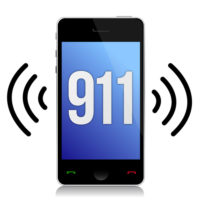Safe Schools

The safety, security, and well-being of our students/staff, is a priority of the Hanover School Division. While we hope that schools are never faced with an emergency, we are prepared to respond to an incident if one should occur.
In order for our School Emergency Response Plans to be effective, we depend on the cooperation and assistance of many people, including the police, ambulance, fire departments, and parents/guardians. Your cooperation is vital to helping us protect the safety and welfare of all children and school employees.
IN THE EVENT OF AN EMERGENCY:
Do not call the school or your child’s cellphone.
Calling your child’s cell phone during an emergency may (depending upon the type of emergency), put them at higher risk by disclosing their location or drawing attention to them. Calling the school will also tie up lines and systems required for communicating with emergency responders, and may inhibit our ability to send or receive critical information. We understand and respect your concern, but it is essential that the phone systems be available for emergency communications.
Critical and urgent notifications may be required, therefore please ensure your child’s school has an accurate phone number and email address on file to reach you.
Do not go to the school to pickup your child – unless requested to do so.
Although your natural instincts in an emergency may be to attend the school, please understand that doing so could impede emergency response services. Going to the school may interfere with emergency crews and school personnel’s efforts to deal with the emergency. Extra vehicles and people at the site make the task more difficult.
Access official and reliable sources of information.
- Visit this website for updated notifications.
- Follow our official Twitter account @HanoverSD
- Call the HSD Administration Office at 204-326-6471.
- Tune into a local radio or television stations. We will work closely with the local media to keep our community informed of the situation.
